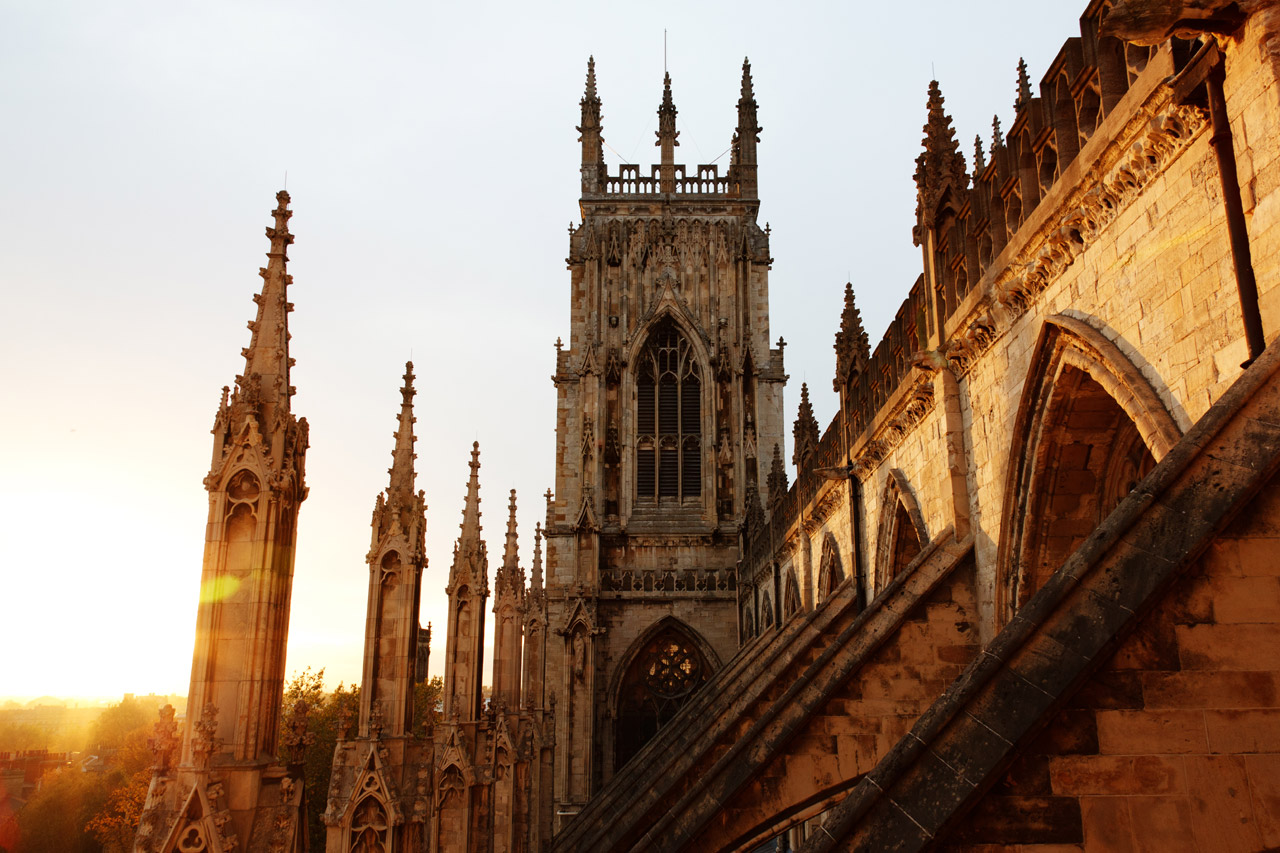
Introduction to Loch Lomond
Loch Lomond, situated in the Scottish Highlands, is renowned for its striking natural beauty and serene landscapes. As one of the largest freshwater lakes in Great Britain, it holds significant cultural and historical value for both locals and tourists. The loch is part of Loch Lomond and The Trossachs National Park, making it a vital area for conservation and outdoor recreation. Its accessibility and range of activities position it as a favored destination for holidaymakers seeking both tranquility and adventure.
Recent Events and Attractions
Recent efforts to promote sustainable tourism have gained momentum in the region, particularly amid the rise in outdoor tourism following the pandemic. Local businesses and authorities are collaborating on initiatives to minimise environmental impacts, ensuring that the natural beauty of Loch Lomond can be preserved for future generations. There has been an uptick in interest in outdoor activities such as hiking, kayaking, and cycling as families and individuals seek healthy alternatives to traditional holidays.
This year, the annual ‘Loch Lomond Food and Drink Festival’ showcased local produce alongside traditional Scottish dishes, drawing thousands of visitors. The festival not only highlights the culinary riches of the region but also supports local farmers and businesses in recovery after years of uncertainty due to COVID-19.
Conclusion and Future Outlook
Loch Lomond remains a vital treasure within Scotland, encapsulating breathtaking scenery and rich cultural heritage. With the current focus on sustainable tourism, the outlook is positive for the loch as it adapts to the changing demands of visitors. As more people seek eco-friendly travel options, the area is well-positioned to serve those interests while continuing to offer its timeless allure. For both residents and visitors, Loch Lomond will continue to be a cherished site for recreation and relaxation in the years to come.
You may also like

Exploring Monmouth: History, Attractions and Community

Exploring the Historic City of York: A Cultural Gem
